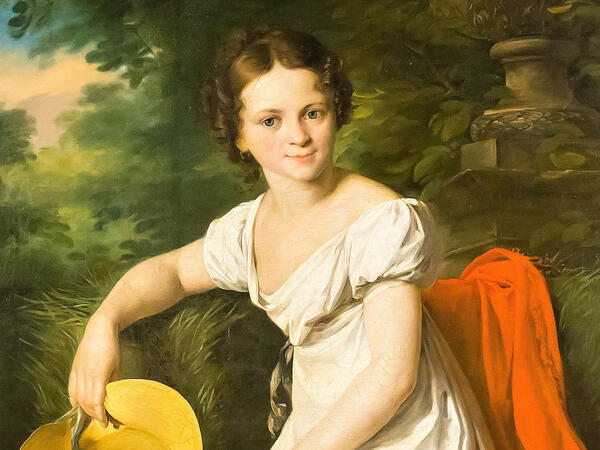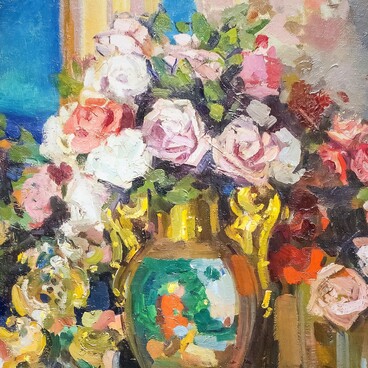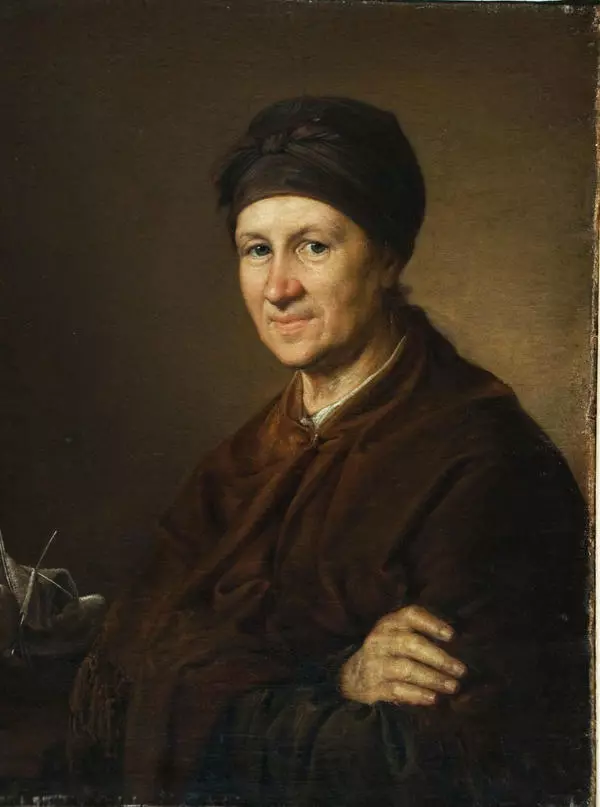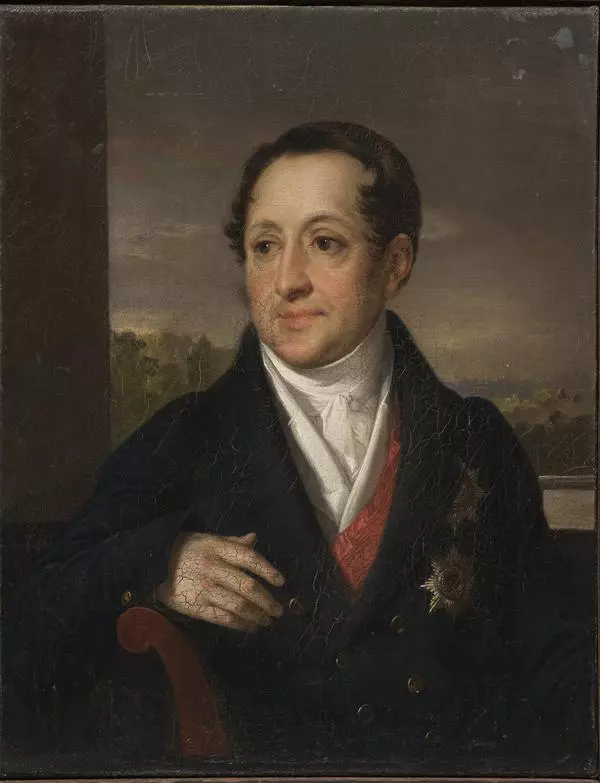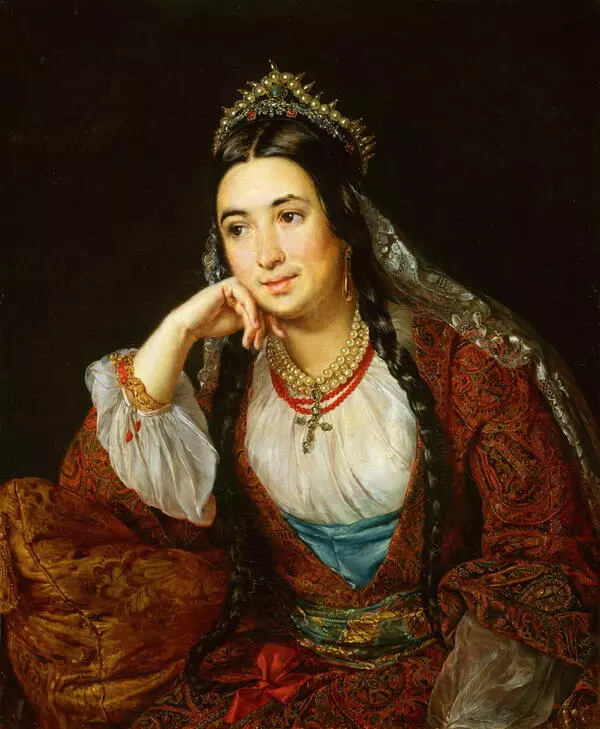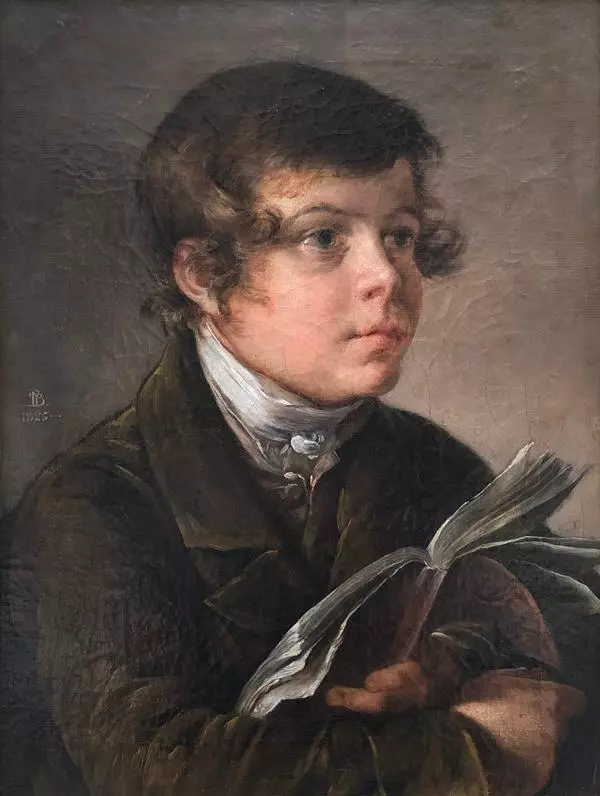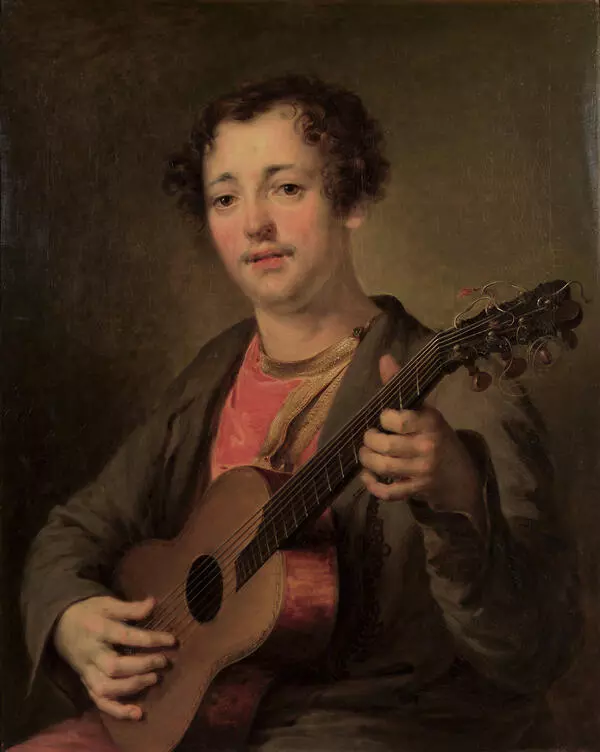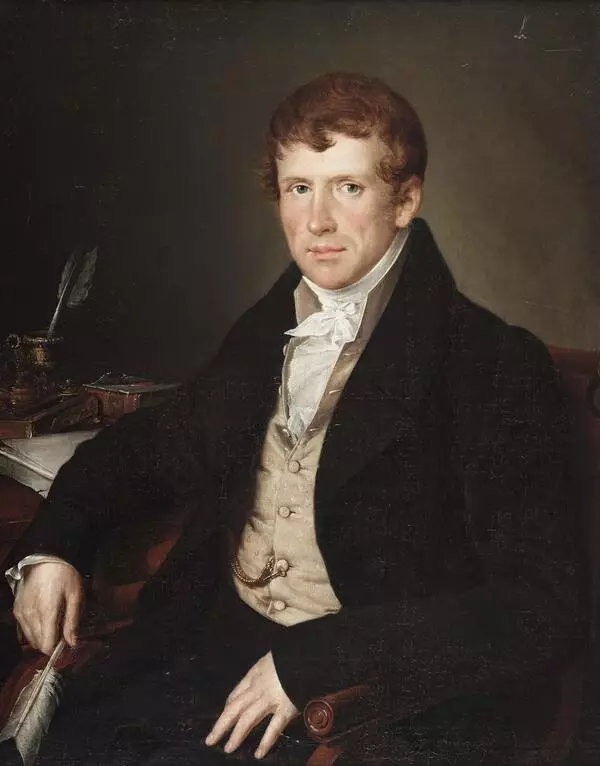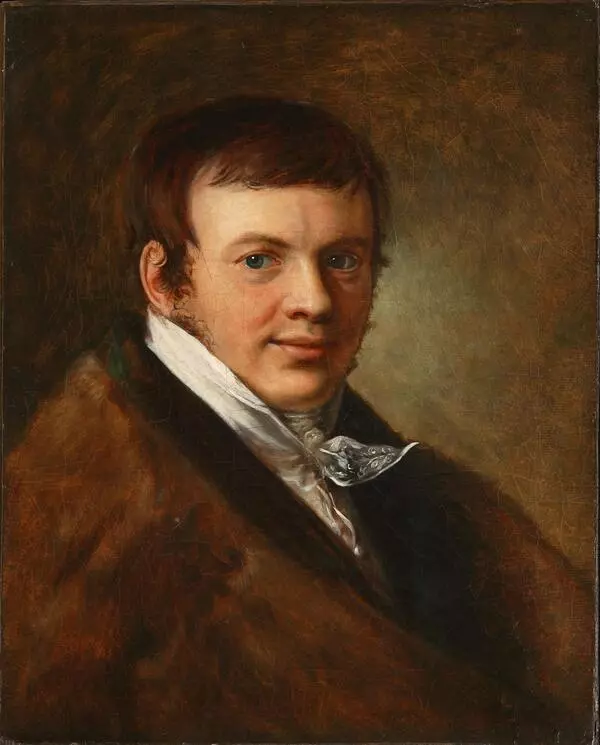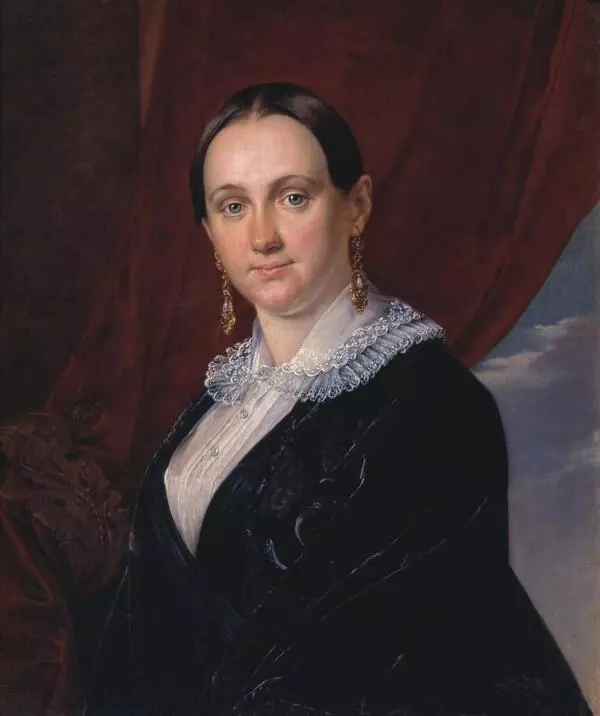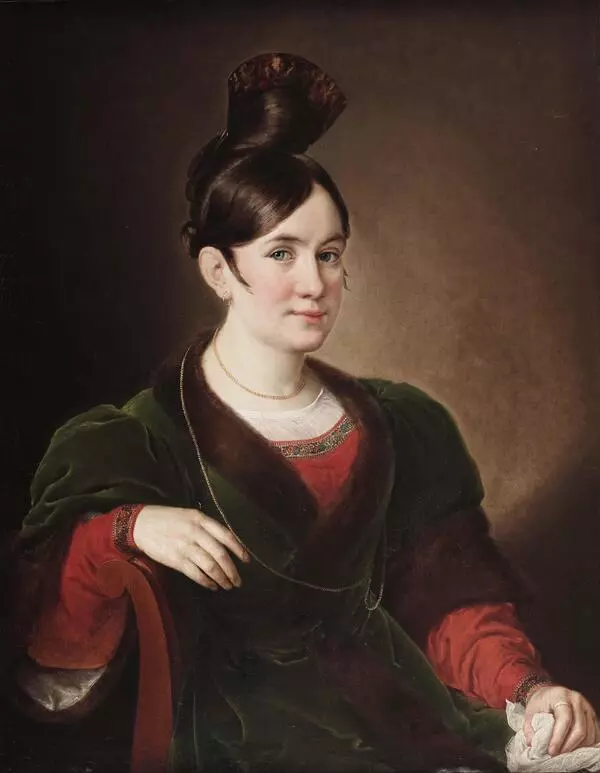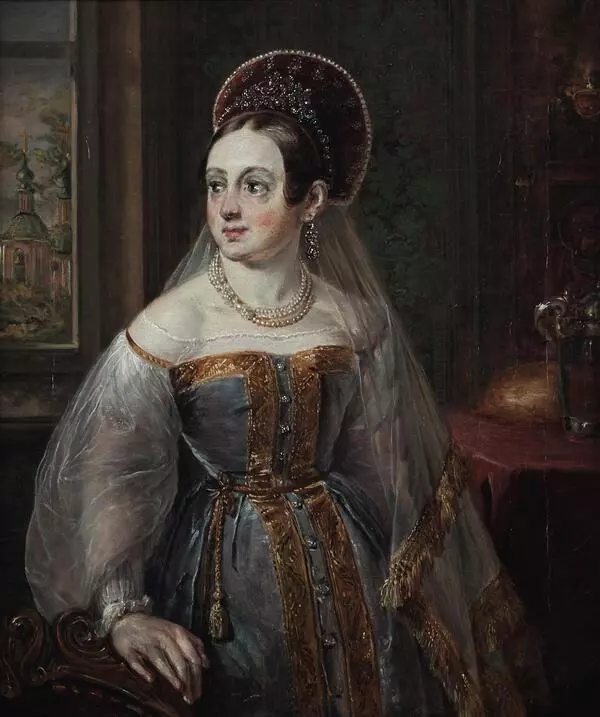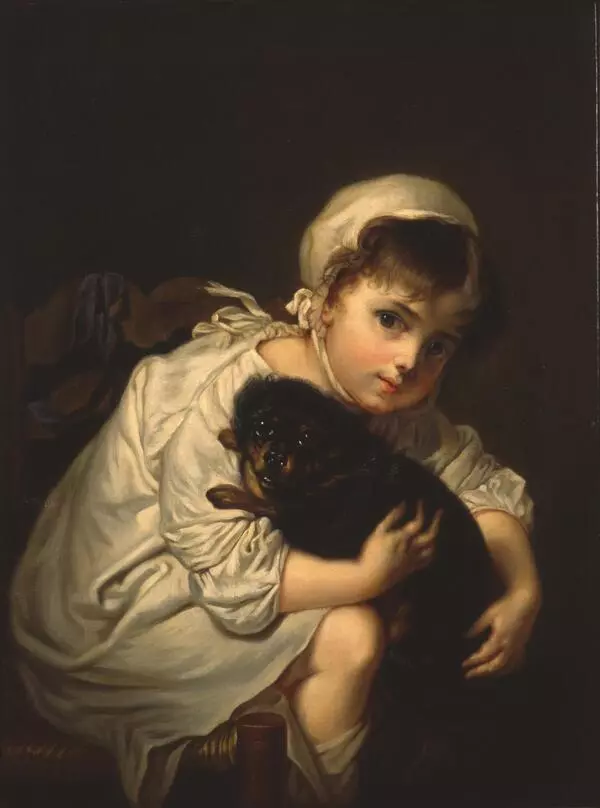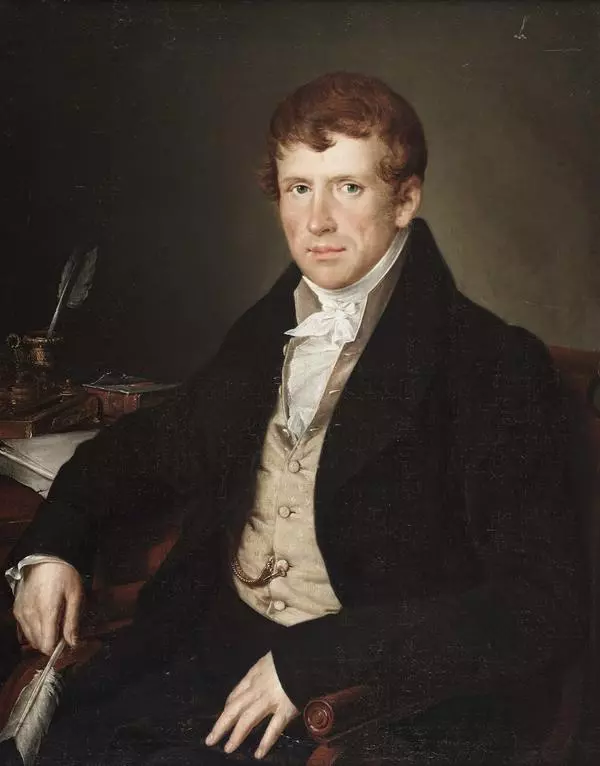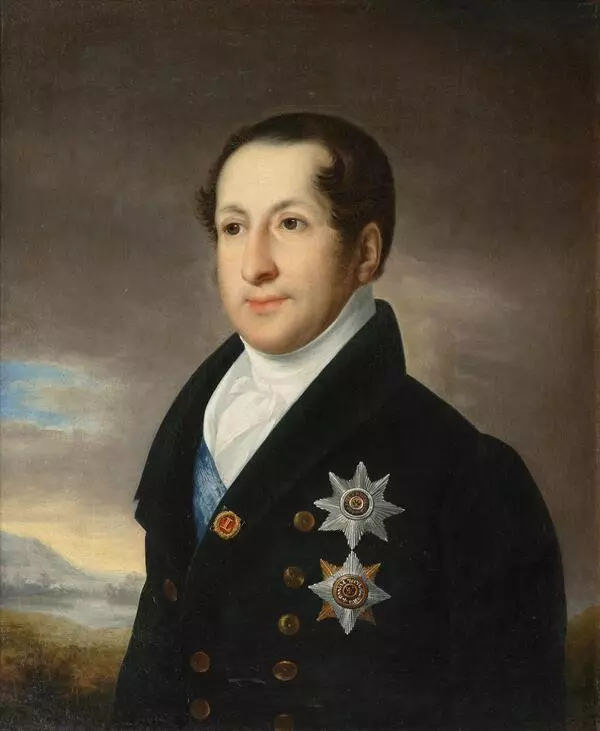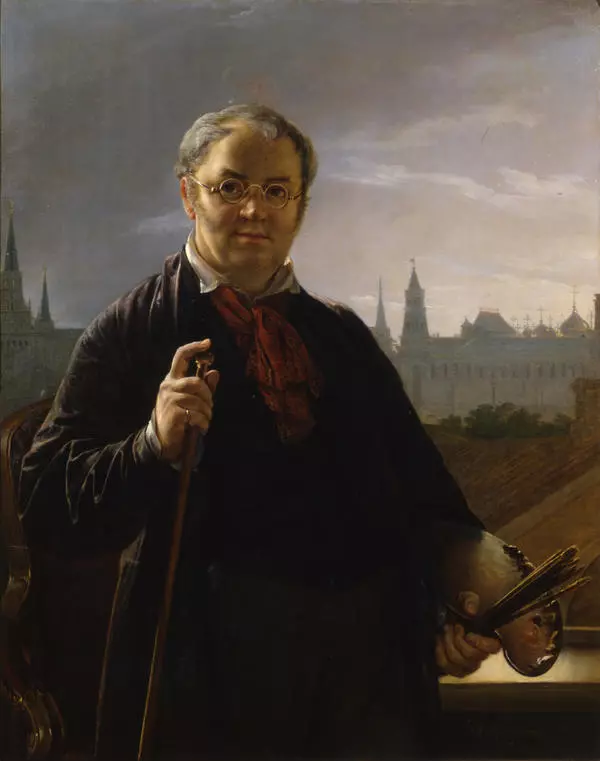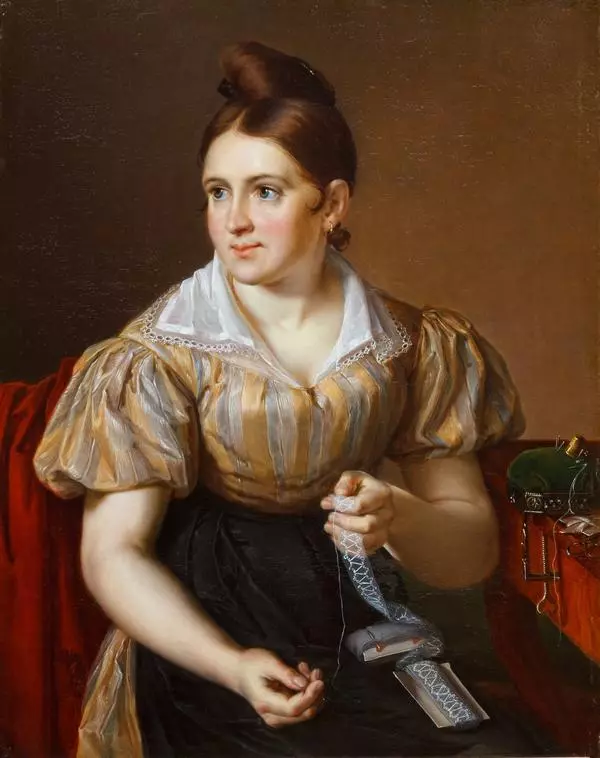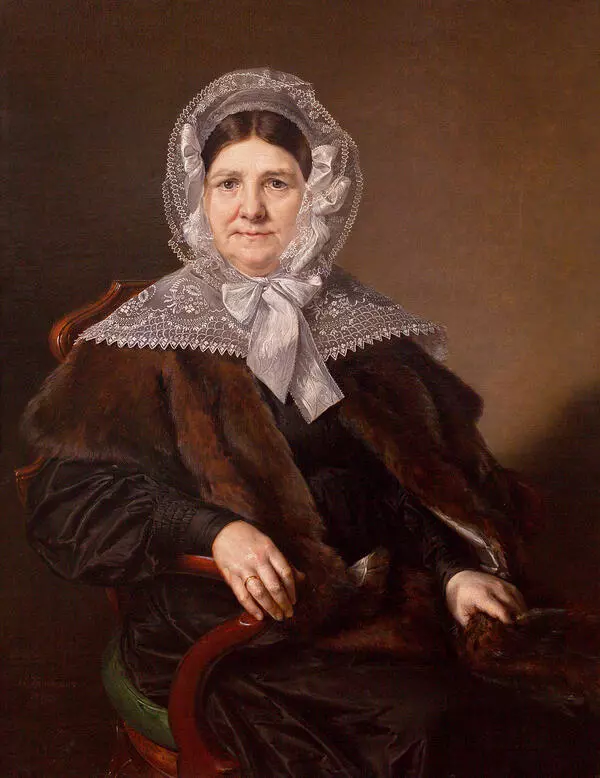The girl in the portrait is Tatyana Karpakova. She was a talented dancer — having graduated from the Moscow Ballet School, she made her first appearance on the stage of the Bolshoi Theater in 1831. With her parents performing in the Imperial Theaters, all Karpakova’s life was about ballet — she danced from childhood and earned parts in the children’s theater, vaudevilles and divertissements starting from the age of twelve (a vaudeville is a short theatrical comedy interspersed with dancing, while a divertissement is a brief interlude not directly connected with the ballet plot).
Right from the start, Tatyana Karpakova won over the Moscow audience with her charisma, grace, expressive mimics and impeccable dance technique. Delightful reviews praising the talent of the young dancer appeared in many Moscow newspapers — she seemed to be destined for a great success. The writer Sergey Askakov was among her most ardent admirers. But Karpakova’s career did not last long — tuberculosis sentenced her to a premature death.
Vasily Tropinin portrayed Tatyana Karpakova in an idealistic landscape next to an ornate park vase. She sits on a turfen bench dressed in a white dress and ballet shoes. The red scarf adds a bright touch to the simple garment that resembles antique images.
The Museum of Fine Arts houses three portraits by Tropinin. The portrait of the dancer Tatyana Karpakova is the earliest one of them. It was bought by Ivan Likhachov from his brother’s widow together with the rest of the collection in 1891. At that time, the painting was titled ‘Portrait of an Unknown Lady’. In 1895, the portrait was first shown to the audience, and later researchers found out the identity of the model.
Vasily Tropinin lived from 1780 to 1857 and was known as a superb portraitist. He is considered one of the pioneers of the Russian Romanticism. He would often create idealized portraits of common folk — embroideresses in gold, laundresses, guitarists, and coachmen. The painter himself used to be a peasant serf.
In 1798, Tropinin was allowed to study at the Academy of Arts as a non-degree student. Unfortunately, he spent a large portion of his life serving Count Irakliy Morkov, and only at the age of 47 he became a free man at long last. Soon he was elected an Academician for his paintings ‘The Lace Maker’, ‘The Beggar’, and ‘Portrait of the Painter-Engraver E. Skotnikov’. Tropinin’s poetic “The Lace Maker” became one of his most well-known portraits — the artist especially liked the images of women from common people that reflected his own idea of female beauty.
Right from the start, Tatyana Karpakova won over the Moscow audience with her charisma, grace, expressive mimics and impeccable dance technique. Delightful reviews praising the talent of the young dancer appeared in many Moscow newspapers — she seemed to be destined for a great success. The writer Sergey Askakov was among her most ardent admirers. But Karpakova’s career did not last long — tuberculosis sentenced her to a premature death.
Vasily Tropinin portrayed Tatyana Karpakova in an idealistic landscape next to an ornate park vase. She sits on a turfen bench dressed in a white dress and ballet shoes. The red scarf adds a bright touch to the simple garment that resembles antique images.
The Museum of Fine Arts houses three portraits by Tropinin. The portrait of the dancer Tatyana Karpakova is the earliest one of them. It was bought by Ivan Likhachov from his brother’s widow together with the rest of the collection in 1891. At that time, the painting was titled ‘Portrait of an Unknown Lady’. In 1895, the portrait was first shown to the audience, and later researchers found out the identity of the model.
Vasily Tropinin lived from 1780 to 1857 and was known as a superb portraitist. He is considered one of the pioneers of the Russian Romanticism. He would often create idealized portraits of common folk — embroideresses in gold, laundresses, guitarists, and coachmen. The painter himself used to be a peasant serf.
In 1798, Tropinin was allowed to study at the Academy of Arts as a non-degree student. Unfortunately, he spent a large portion of his life serving Count Irakliy Morkov, and only at the age of 47 he became a free man at long last. Soon he was elected an Academician for his paintings ‘The Lace Maker’, ‘The Beggar’, and ‘Portrait of the Painter-Engraver E. Skotnikov’. Tropinin’s poetic “The Lace Maker” became one of his most well-known portraits — the artist especially liked the images of women from common people that reflected his own idea of female beauty.

